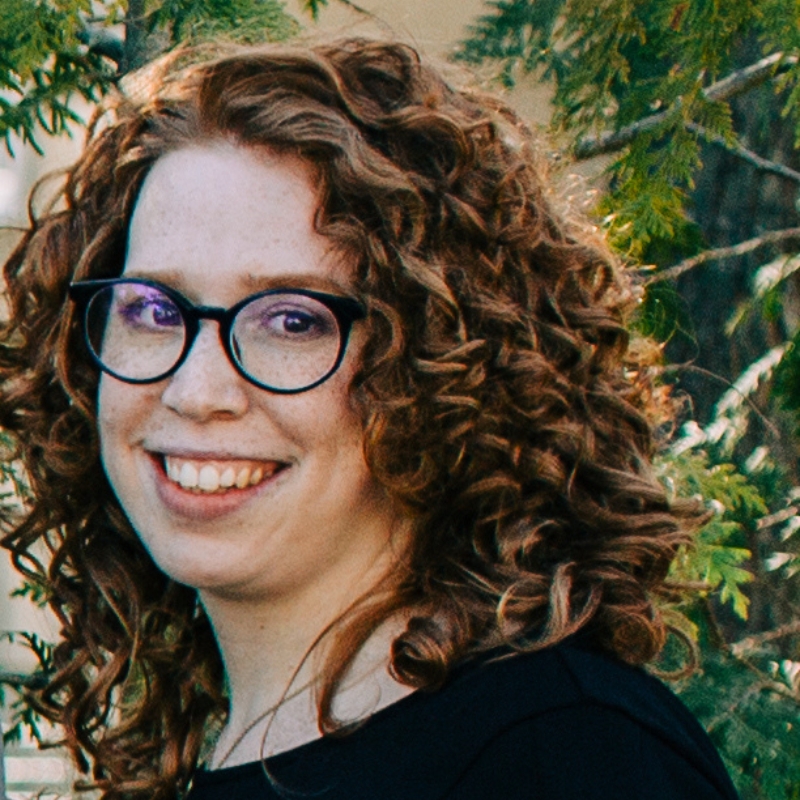This week, the combination of Shabbat Matot-Masei and Shabbat Mevarchim Chodesh Av (announcing the new month of Av) gives us two different visions of exile and redemption, one focused on individual action and the other focused on collective efforts. Our parshah describes the Cities of Refuge: six cities set aside to shelter individuals who commit involuntary manslaughter and are subsequently exiled from their homes. The haftarah from Jeremiah addresses the national exile that we commemorate during the month of Av, and in doing so, gives us a way to see redemption arriving only through collective struggle.
The parshah’s resonance with the Nine Days (leading up to Tisha B’Av) and Tisha B’Av itself is striking. Throughout later rabbinic sources, the accidental killer’s stay in the City of Refuge is referred to as his galut — his exile — the same language that we use to refer to the Jewish people’s exile from the Land of Israel. In the version of exile illustrated by the Cities of Refuge, the sins of accidental killers are atoned for by a singular event — the death of the high priest. As the parshah states: “For he must dwell in his City of Refuge until the death of the high priest, and after the death of the high priest, the killer may return to his own land” (Numbers 35:28).
The Gemara describes in various places how the death of the high priest atones for the blood debt of accidental killers. How this works is not exactly clear. In tractate Moed Katan, for instance, the rabbis discuss how the death of a righteous person brings atonement for the land and people, much like a sacrifice.
On the other hand, Maimonides in his “Guide for the Perplexed” (Part 3 40:7) offers a more rationalist take, suggesting that the death of the high priest would simply be so tragic that it would cause the blood redeemer, the relative of the slain person seeking revenge on the accidental killer, to forget his desire for vengeance. Regardless of how exactly this mechanism works, we see that the fate of those accidental killers exiled from their homes to the Cities of Refuge is entirely dependent upon what happens to a single person.
Find more commentaries on Matot.
In contrast, our prophetic tradition provides us with the language to see teshuva and redemption as a collective project of transforming society. In this week’s haftarah, the prophet Jeremiah’s rebuke of the Jewish people describes how the destruction and exile were caused by individuals at every level of society abrogating their responsibilities to the collective. The haftarah states: “The priests did not ask ‘Where is God?’ and the experts in Torah did not acknowledge Me and the rulers transgressed against Me and the prophets prophesied by Baal and followed false gods” (Jeremiah 2:8).
When everyone is following their own individualist mandates without concern for the collective, societal collapse on the scale documented by Jeremiah is inevitable. A later verse in the haftarah (2:27) underscores this link, saying: “They said to a tree: ‘You are my father,’ and to the stone ‘You birthed me’…But in the hour of their distress they cried, ‘Rise up and save us!’” The original Hebrew uses singular verbs while describing the selfish transgressions of the idolaters, then switches to the collective plural when describing their ensuing distress.
With this grammatical shift, and in the very nature of Jeremiah’s rebuke to the Jewish people as a collective, the haftarah emphasizes that the necessary work of teshuva cannot be completed by one individual alone in the manner of the accidental killer’s redemption. Rather, our mandate to uphold God’s name “in truth, in justice and in righteousness” (Jeremiah 4:2) can only be achieved through collective action.
Find more commentaries on Social Justice: Leadership and Philosophy.
For organizers and activists, reading this week’s parshah alongside Jeremiah’s powerful rebuke can provide a helpful toolkit for how we approach this work. When our world feels so broken, and living as we do in a culture that privileges individual actions at the expense of collective solidarity, it’s tempting to search for a magical solution that would atone for our sins and lead us back to the promised land. In our more self-absorbed moments, we might even imagine ourselves in the role of the high priest, nobly sacrificing ourselves for the good of humanity.
Rabbi Lord Jonathan Sacks z”l makes the point that Numbers as a whole is very focused on individuals — Pinchas, Korach, the high priest — but ultimately affirms the role of the tribes in organizing and sustaining Israelite society, as the book begins with a census and ends by describing the movements of the Israelite camp through the wilderness. He notes, “Society is not built on individuals alone. As the book of Judges points out, individualism is another name for chaos: ‘In those days there was no king in Israel, everyone did what was right in their own eyes.’”
In our ongoing struggle for justice, we cannot count on individualized solutions like the death of the high priest. Rather, let us draw strength from the vision of the prophets and move forward together towards redemption.
Emily Bell is a student in the Core Semikha program at Yeshivat Maharat in the Bronx with a passion for Jewish texts going back to her Yiddish studies as an undergraduate. When she’s not in the beit midrash, she enjoys weightlifting, baking, and exploring New York. Emily was in the first cohort of T’ruah D’var Torah Fellows.

